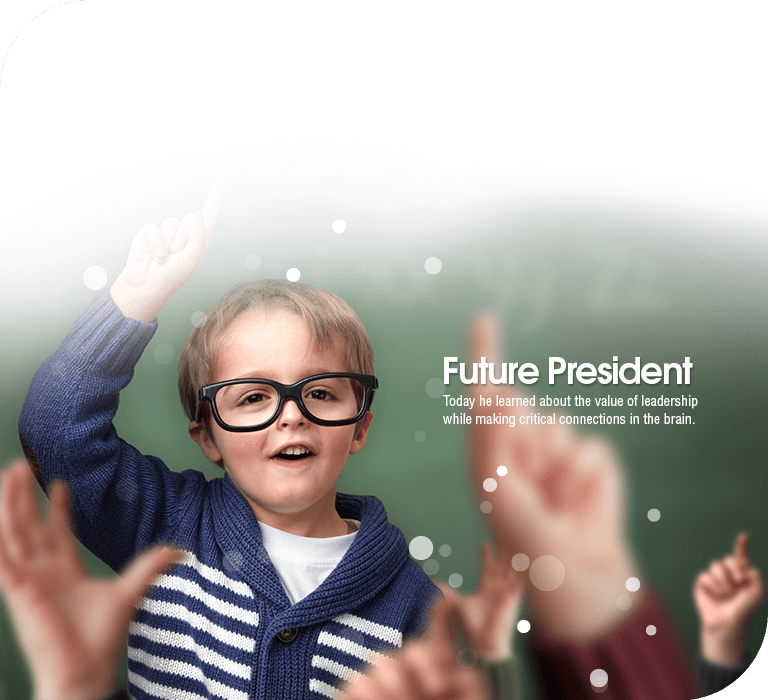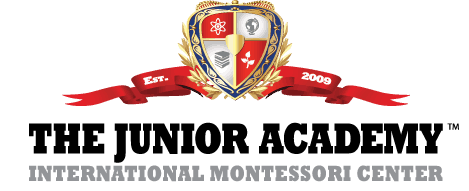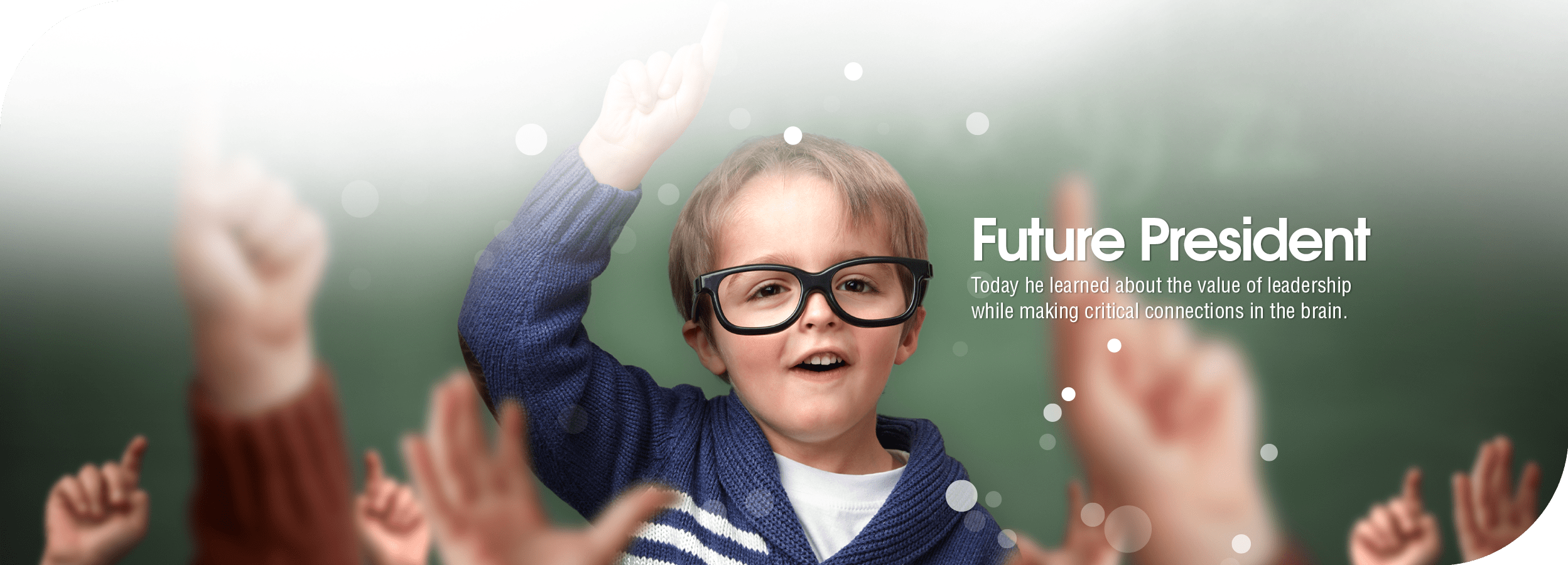
Preparatory Program ( 3 – 6 Years )
“Plainly, the environment must be a living one, directed by a higher intelligence, arranged by an adult who is prepared for his mission.”
– Maria Montessori.
Program Overview
The Preparatory curriculum continues with the four basic components, which include Practical Life, Sensorial, Language, and Math. In addition to this, there are cultural extensions consisting of culture studies, geography, history, botany, zoology, arts, in addition to music and movement with more in-depth exploration.
The aim of the Preparatory Program is to accomplish the following
To continue to develop “an absorbent mind” where knowledge is absorbed with stronger receptivity.
To prepare themselves for a more structured environment where academic skills will be introduced.
To educate your child to foster self-confidence in expressing self and be ready for Primary One or International school.
To develop creative writing skills through Story Journal.
To be able to attempt to worksheets in both language and math.
This program will provide more structured work with flexibility learning and strike a balance of the 4Rs, which are Reading, Riting, Reasoning and Rithmetic.
Curriculum Goals for TJA Montessori Preparatory Program
A basic component of the Montessori curriculum is Practical Life. Children learn skills such as cleaning tables, putting objects back on a shelf where they belong, and, more importantly, how to care for themselves. They are taught how to make their own snacks when they get hungry, how to dress and clean themselves, and how to care for their environment. Many aspects of Practical Life also help with the development of eye-hand coordination and fine motor skills. For example, children learn, through trial and error, how to pour liquid from one object into another without spilling. Children will eventually accomplish the mastery skill.
According to Dr. Montessori, “The sensorial curriculum is designed to help the child focus his/her attention more carefully on the physical world, exploring with each of his/her senses the subtle variations in the properties of objects.” In other words, children learn to pay more attention to their world through their senses. The jobs that help children to accomplish this include the pink tower, the brown stair, the red rods, the cylinder blocks, knobless cylinders, sandpaper tablets, thermic (temperature) tablets and jars, baric (weight) tablets, smelling bottles, and sound boxes, to name just a few. All these jobs start simply and move towards more complex understanding in a way that encourages the child and enhances his/her natural creativity and curiosity.
Montessori Mathematical abstraction is mastered by manipulating the concrete. The learning process moves from simple to complex and concrete to abstract. Materials relate to pattern recognition, sorting, sequencing, and matching. The concepts build on one another to inspire confidence.
From a solid basis in spoken language, reading and writing are developed using a variety of tactile materials and lessons. While many children do not begin to learn the fundamentals of reading until they enter grade school, Montessori children begin to learn as soon as they show an interest – no matter what the age. The Montessori environment is saturated with opportunities for children to enhance this interest. Sandpaper letters, the movable alphabet, metal insets, verbal command cards, command cards, and exceptional children’s literature all have most Montessori children reading very well by the time they enter first grade. A love of reading is a major component of the Montessori educational system, and children are not only encouraged to do so, even if they don’t know the words, but are surrounded by students and teachers alike who thoroughly enjoy a good book. Inclusive in their reading education is their writing education, for it is much easier for one to learn how to read if one is also encouraged to write or draw their thoughts, ideas, and feelings at the same time.
The world’s geography and peoples are explored through such materials as maps, flags, water and land forms, and books. Children may choose a continent folder with pictures of people, places, food, clothing, children, work, housing, transportation, plants and animals. Conversations explode into questions and wonderment about the world with its similarities and differences. Children share family experiences, where grandma lives, where we have traveled or what is in the news.
Visual and expressive arts are incorporated into daily classroom activities. Artists and musicians are represented through reproductions and recordings of their works

